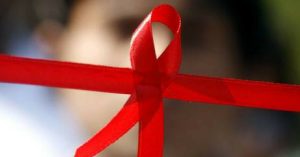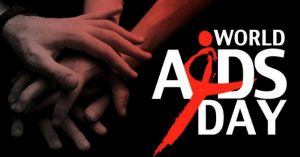MY VIEW: The UN-SDGs Say “We Can End AIDS by 2030”. Here’s How Stakeholders Are Trying to Make This Happen
The United Nations Sustainable Development Goals include the target of ending the global threat of AIDS by 2030. New fronts are opening up in the war against AIDS that recognise the importance of connecting this with other SDGs such as gender equality and decent employment and wages for all.
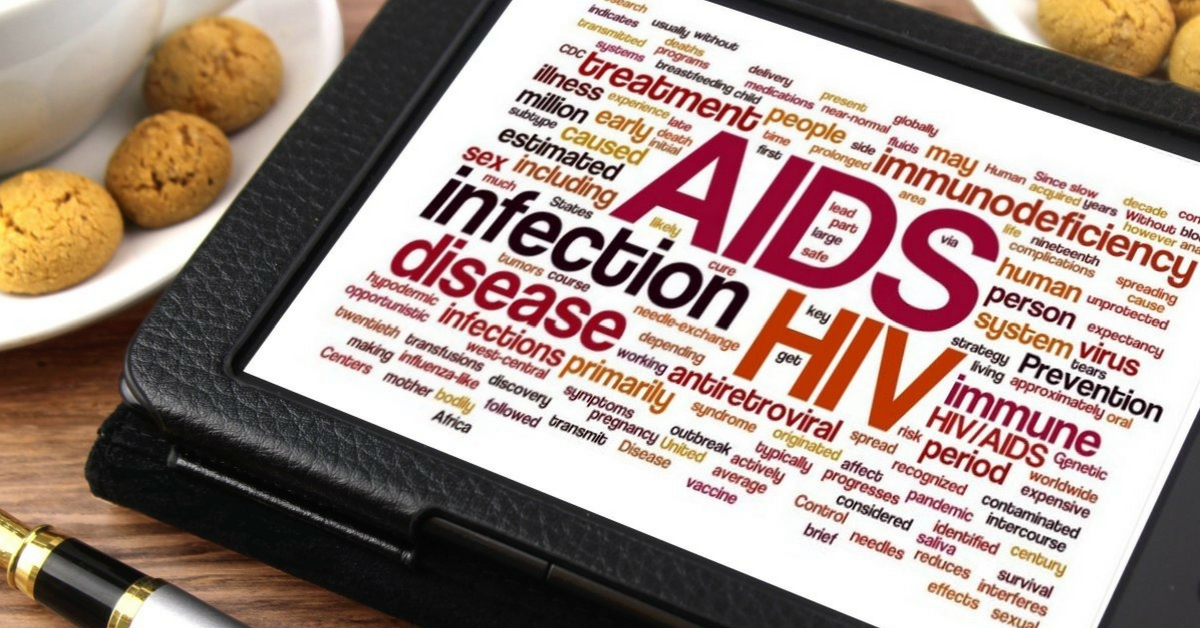
The United Nations Sustainable Development Goals include the target of ending the global threat of AIDS by 2030. New fronts are opening up in the war against AIDS that recognise the importance of connecting this with other SDGs such as gender equality and decent employment and wages for all.
One out of five new HIV infections globally is among young girls in the age group of 15-24 years. Why do young girls continue to fall victim? Earlier this year, at the Women Deliver Conference in Copenhagen, Denmark, I had the opportunity to meet Eva (name changed), a 24-year-old young woman from one of ILO’s project areas. Eva is educated but could not find stable work. The odd jobs she did were not enough to give her a regular income. During her struggles, she came to know that several young women of her age were engaged in transactional sex work in the neighbourhood and they were making good money. She got involved too. This certainly improved her financial status but it also gave her HIV.
This situation transcends geographical boundaries. In India’s financial hub, Mumbai, the ILO had conducted a risk assessment study on construction workers before initiating work on HIV among migrant construction workers. The study had revealed that women workers were paid less, and also sexually exploited, and when they went without work for a few days they resorted to sex work to make a living. Some got HIV in the process.
Neither Eva nor young women construction workers in India would have contracted HIV if they had regular income or formal employment. Precarious jobs in the informal economy and gender inequality enhance their risk to HIV and adversely affect their access to HIV services. This clearly points to the fact that pills and condoms alone will not end AIDS.
There is a critical need to address the underlying structural drivers of the epidemic, such as poverty, unemployment, the lack of social protection, unequal gender norms, and stigma and discrimination, which continue to persist.

The integrated framework under the Sustainable Development Goals (SDGs) is a great opportunity to do so. Ending AIDS by 2030 as a public health threat (target 3.3 under SDG 3 – Health for All) is inextricably linked to SDG 8 that addresses decent work and employment for all, and SDG 5 on gender equality.
But this will not happen easily. There is a need to have actionable multi-sectoral plans with adequate funding and mechanisms to ensure their implementation. It is complex but doable. We need leaders and implementers who are able to see the connections between these goals and develop indicators that best capture the results of an integrated response.
In this context, the message that has been projected for some time now, that “We can end AIDS by 2030” is extremely misleading. None of the key indicators indicate that the world is more than halfway through. Putting over 17 million people on life-saving anti-retroviral treatment is a great achievement, but another 20 million are in need of it. How soon can treatment be provided to them while ensuring adherence for those who are already on this life-long treatment?
While treatment exists, how will it be funded in the era of reducing resources for AIDS response?
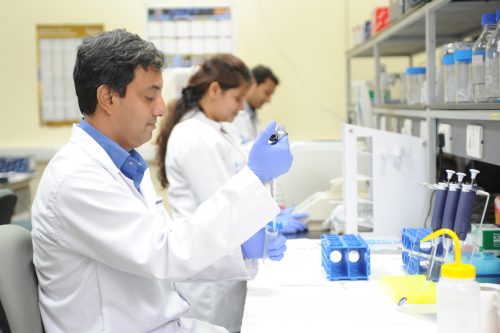
UNAIDS released a report during the International AIDS Conference in Durban in July 2016 highlighting major gaps in HIV prevention. According to this report, an estimated 1.9 million adults have become infected with HIV every year for at least the past five years. New HIV infections are rising in some regions. Between 2010 and 2015, new HIV infections rose by 57 % in Eastern Europe and Central Asia, by 9 % in the Caribbean, and by 4 % in the Middle East and North Africa. There have been no significant declines in HIV infections in any other regions of the world.
The message, “We can end AIDS by 2030”, was meant to inspire people and leaders to work harder and faster towards making this once seemingly unreachable objective a reality. But increasingly, it looks like this call may have boomeranged. Instead of upping efforts to tackle this deadly disease, policy-makers appear to perceive this as “AIDS is under control now”. I can already see signs of complacency setting in, and this makes me worried. AIDS response is slowing down at a time when it needs to accelerate.
How will we address the root causes when we are struggling to achieve the core HIV indicators?
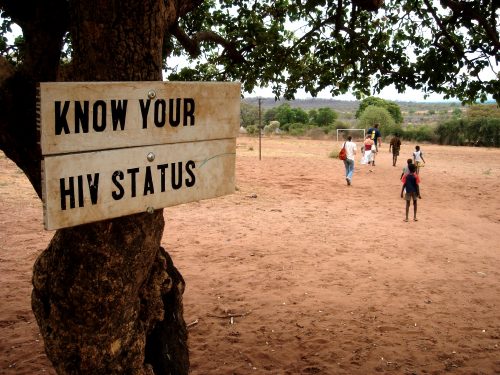
We must empower young girls such as Eva through education and jobs so that they take control of their life and well-being, and don’t stand the risk of getting HIV.
AIDS remains an unfinished business. We still need to do a lot of work to end it. It should be on the radar of every leader and every implementer. They specially need to keep young girls like Eva in mind while drawing up plans and strategies. It is time to appreciate the interconnected nature of Sustainable Development Goals.
(The writer is Senior Technical Specialist, Gender Equality and Diversity, ILOAIDS. The views expressed in this article are his own.)
Read more about the Sustainable Development Goals, and how ILOAIDS is spearheading the global fight against AIDS.
Like this story? Or have something to share? Write to us: [email protected], or connect with us on Facebook and Twitter.
NEW: Click here to get positive news on WhatsApp!
This story made me
-
97
-
121
-
89
-
167
Tell Us More
We bring stories straight from the heart of India, to inspire millions and create a wave of impact. Our positive movement is growing bigger everyday, and we would love for you to join it.
Please contribute whatever you can, every little penny helps our team in bringing you more stories that support dreams and spread hope.







